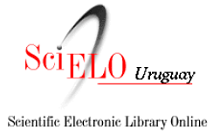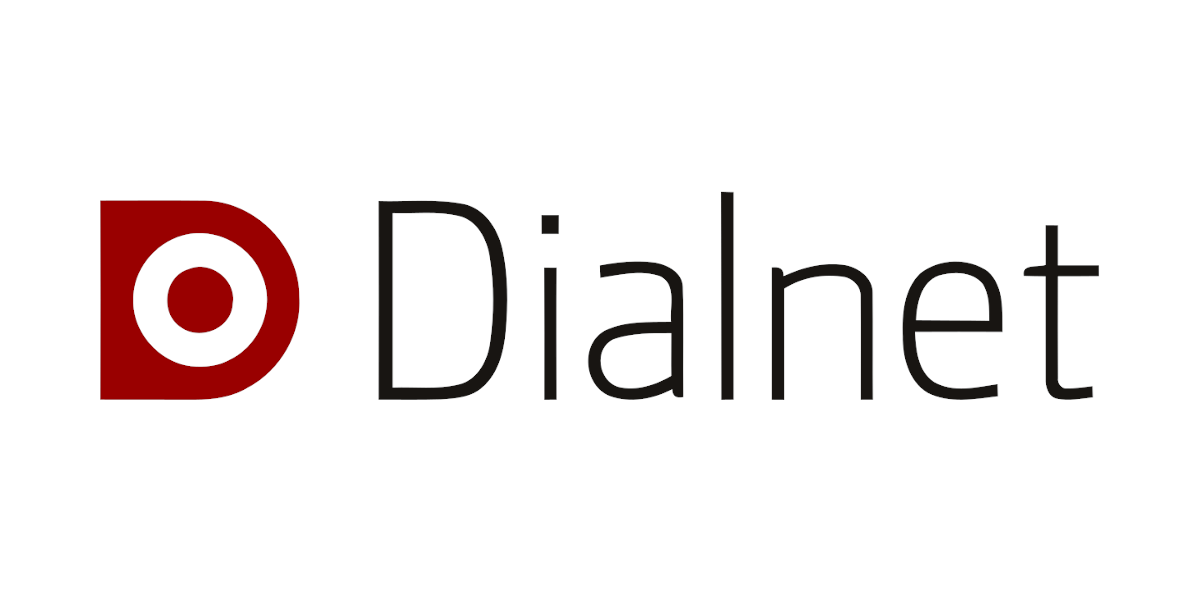Effect of organic selenium supplementation on carcass quality and meat shelf life in feedlot finished heifers
Keywords:
Beef cattle, Organic Selenium, Shelf life, Meat quality, FeedlotAbstract
The objective of this work was to evaluate the effect of organic selenium supplementation (Selplex®) on heifer’s carcass quality and meat shelf life in a feedlot system. Thirty Hereford heifers were used: 14 of 20 months of age, with an initial weight of 323 ± 26.27 kg, and 16 of 36 months and 405 ± 30.52 kg. Animals were housed in individual pens and drawn within each age category to 2 treatments: Control and Supplementation with organic selenium at a rate of 0.9 mg Se/kgDM/day. All animals were fed a fully mixed ration (RTM) including 15% moha bale (Setaria itálica) and 85% commercial ration for fattening cattle. Animals were slaughtered after 62 days of feeding. Color evolution, lipid and protein oxidation were measure on sample packed using an oxygen permeable film and stored during 12 days in a refrigerated display case. Selenium supplementation resulted in an increase level of glutathione peroxidase (GSH-Px) (195.9 vs 259.7 U/gr Hg, p<0.0001), a decrease lipid oxidation (0.65 vs. 0.57 mg MDA/kg) (p<0.05) and shear force after 7 days of ageing (3.22 vs. 2.68 kg) (p<0.05). Twenty months heifers supplemented with selenium achieved higher levels of GSH-Px (242 vs. 213 U/gr Hg) (p<0.05) and was detected a lower rancid flavor in relation to those of 36 months (2.9 vs. 3.6) (p<0.05). Organic selenium supplementation may be an alternative to decrease meat lipid oxidation, however it had no effect on color evolution and in reducing protein oxidation (0.31 vs.0.35 nmoles/mg) (p ≥ 0.05).











